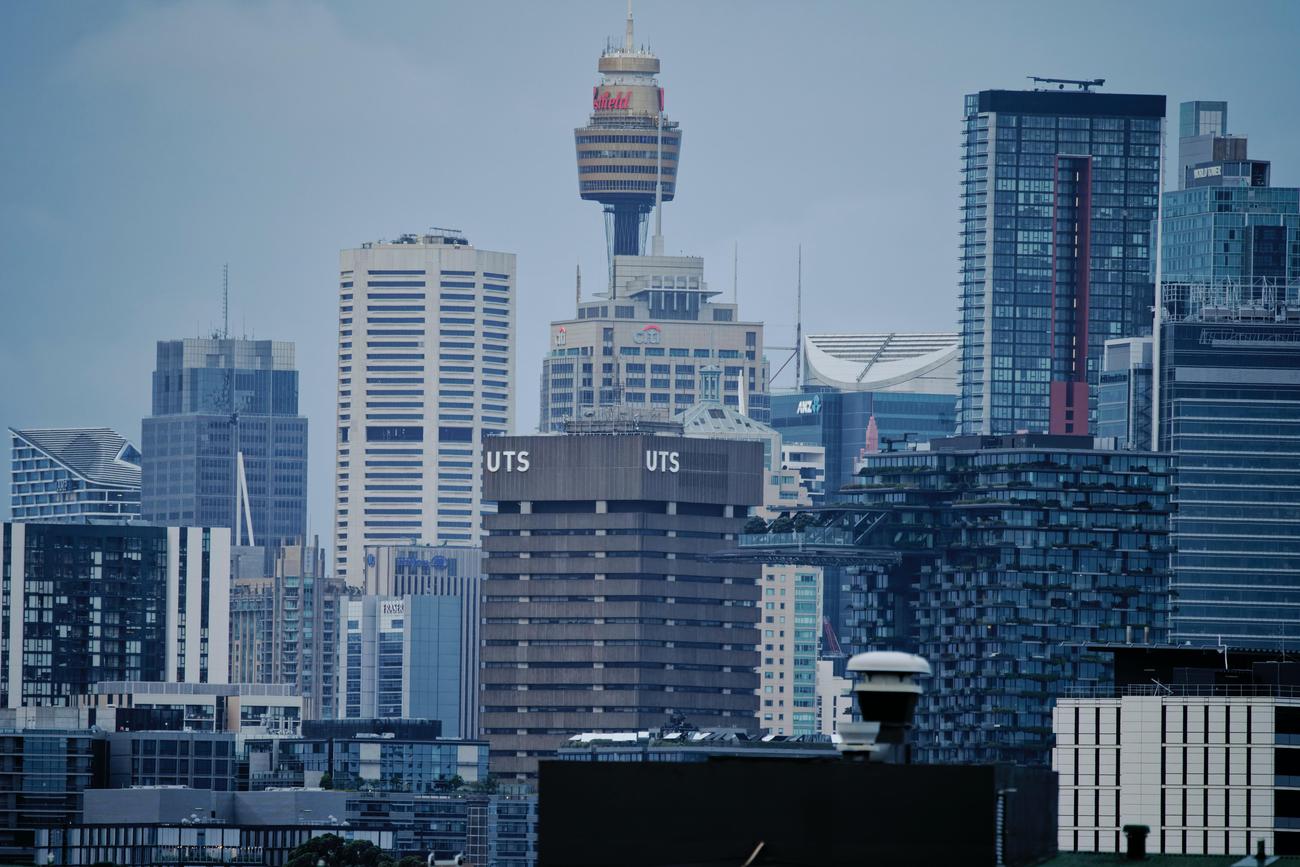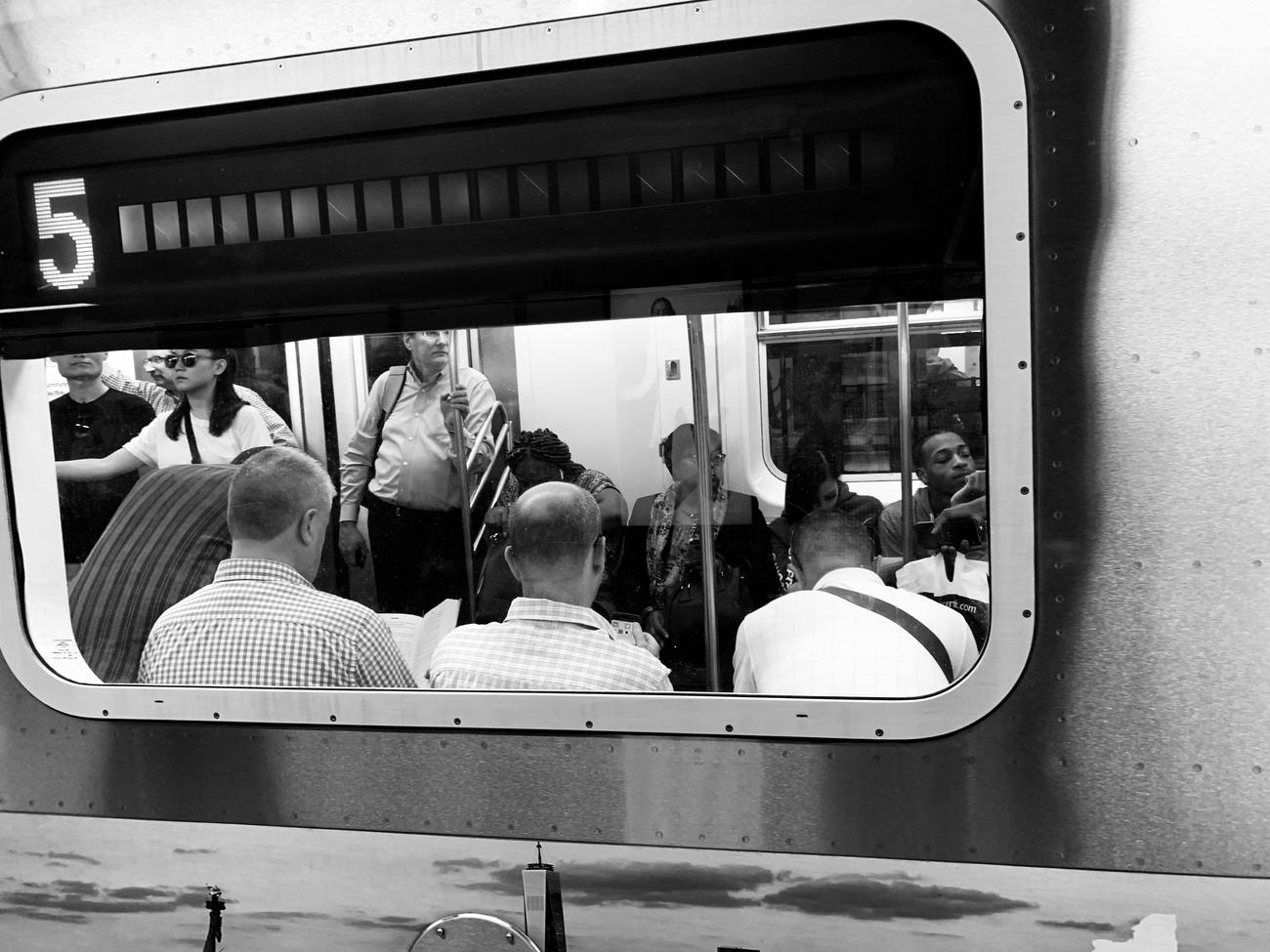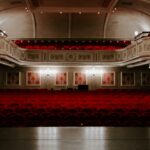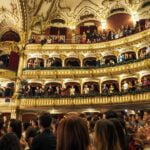Get ready for a dazzling tour through the captivating tapestry of Broadway history! As a seasoned theater historian and writer, I have spent over a decade immersing myself in the glitz, glamour, trials, and triumphs that have shaped this iconic industry. In this article, we will journey through the evolution of American theater, uncover hidden gems, and bring to life the enthralling stories behind Broadway’s most beloved shows, actors, and venues. Join me as we delve into the rich history that has made Broadway the cultural treasure it is today.

Broadway History
Ah, Broadway. The mere mention of this illustrious name conjures up images of dazzling lights, enchanting melodies, and spellbinding performances. It’s no wonder that Broadway is considered the highest form of theatrical entertainment in the world. But have you ever wondered how this mesmerizing tapestry of theater history came to be?
The origins of Broadway can be traced back to the bustling streets of New York City in the 18th century. It was during this time that two theatrical pioneers, Thomas Kean and Walter Murray, established a resident theater company on Nassau Street, marking the birth of a theatrical legacy that would captivate audiences for centuries to come. From humble beginnings to a cultural phenomenon, the evolution of Broadway is an enchanting tale of ambition, creativity, and a city’s insatiable appetite for the performing arts.
As New York City grew and prospered, so did Broadway. The theaters, like stars in a constellation, aligned themselves near Times Square, forming what is now known as the Theater District. It became a mecca for the greatest talents of the stage, offering a platform for actors, musicians, and visionaries to showcase their skills and bring their artistic visions to life.
But Broadway’s journey to global fame wasn’t without its trials and tribulations. In the mid-19th century, theaters that ventured too far from Broadway’s glittering streets faced failure. As the Union Square area became the nexus of New York theater, the true commercial hub of Broadway took shape. It was a convergence of artistic brilliance, entrepreneurial spirit, and the inescapable allure of the theater that solidified Broadway as the foremost showcase of commercial stage productions.
One cannot discuss the history of Broadway without acknowledging the role of musical theater. From the dazzling choreography of “West Side Story” to the sweeping melodies of “Les Misérables,” Broadway has been synonymous with this electrifying genre. It has shaped popular culture, seeping into the fabric of our society and capturing the hearts of audiences around the world. The impact of these musical masterpieces cannot be overstated, as they continue to shape the landscape of theater and inspire new generations of performers.
With the arrival of the subway system in 1904, Broadway experienced yet another transformative moment. The accessibility provided by the subway played a significant role in the migration of theater productions to Times Square, further solidifying its status as the heart of Broadway. This shift brought about a new era of glamour and excitement, as audiences flocked to the Theater District to witness the magic unfolding on stage.
Today, Broadway stands as a testament to the power of the performing arts. Its rich history and enduring legacy are showcased in the 41 magnificent theaters that dot the streets of New York City’s Theater District. Each venue holds within its walls the echoes of countless performances, the laughter, the tears, and the standing ovations that have made Broadway the pinnacle of theatrical excellence.
As we delve into the captivating tapestry of Broadway history, we discover the stories behind the iconic shows, actors, and venues that have shaped its legacy. Through meticulous research, interviews with industry insiders, and a deep understanding of the evolution of American theater, we embark on a journey that unveils the hidden gems and brings to life the glitz and glamour that defines Broadway.
Join me as we delve into the captivating world of Broadway history, where each chapter uncovers a fascinating story, a captivating performance, and a celebration of the magic that continues to enchant audiences to this day.
History has a way of shaping the present, and Broadway’s rich tapestry of theater history continues to inspire and amaze. Prepare to be enthralled by the captivating stories that lie within these hallowed halls.
Broadway is the heart and soul of the theater world, captivating audiences with its dazzling performances and unforgettable stories. If you’re craving a glimpse behind the curtains and a deeper understanding of this iconic cultural phenomenon, look no further! We’ve curated a list of fascinating facts about Broadway that will leave you wanting more. From its humble beginnings to its current status as a global sensation, each tidbit will transport you to the magical world of theater. So, go ahead and click here to uncover the secrets and legends that have shaped Broadway throughout the years: facts about broadway
Broadway History
Broadway, the world-renowned theater district in New York City, holds a plethora of historical facts about Broadway that will astound and captivate any theater enthusiast. From its humble beginnings in the late 18th century to its rise as the pinnacle of American theatrical excellence, the cultural significance of Broadway cannot be overstated. Discover the fascinating historical facts about Broadway that have shaped its evolution over the centuries. Dive into the rich tapestry of its origins, explore the iconic productions that have graced its stages, and unravel the stories behind its most beloved theaters. Explore the historical facts about Broadway here and embark on a captivating journey through the annals of theatrical history. Delve deeper into the cultural significance of Broadway and gain a deeper appreciation for the art form that has mesmerized audiences for generations. Uncover the cultural significance of Broadway here and be immersed in the magic and allure of this iconic district.
The Oldest Section of Broadway: A Historical Tour
[youtube v=”K2Zue1azbYc”]
Broadway is an iconic street in New York City, known for its theaters, lights, and vibrant atmosphere. However, the broadway we know today is a more recent incarnation of the street. The oldest part of Broadway can be found at the southern tip of Manhattan Island, dating back to the colonial period of New York City. In this article, we will explore the history of Broadway and discover the significant events, places, and people that have shaped this magnificent street.
Broadway, as we know it today, stretches from the very southern tip of Manhattan Island, the Bowling Green, all the way to the northern end of the island. It follows a series of old native footpaths and other types of roads that were built over time. However, the focus of our discussion is the oldest part of Broadway, located at the southern tip of Manhattan Island.
Let’s start our journey at the Bowling Green, where Broadway begins. The street signs here are black, indicating that we are standing on the oldest section of Broadway. This part of Broadway dates back to the colonial period of New York City. As we walk towards Battery Park, we can see a flagpole that marks the original site of the old Dutch and British forts, Fort Amsterdam and Fort George.
During the Dutch colonial period, New York City was known as New Amsterdam. The town extended only to where Wall Street stands today. Walking along Broadway during the American Revolution period allows us to experience what the street was like in those times.
Broadway in this area was an elevated street, following an incline on a bedrock ridge that ran through the center of the island. It was the widest street in the town, lined with trees and residential buildings. This is how Broadway got its name – it was once literally the “broad way” or the widest street in town.
One prominent building on the southern tip of Broadway was Number One Broadway, a three-story mansion that offered a breathtaking view of the harbor. At that time, the shoreline was much closer, and the mansion overlooked the harbor on one side and the Hudson River on the other. This magnificent home was built by a British captain named Archibald Kennedy and was considered the finest mansion in New York City.
In the summer of 1776, Number One Broadway became the headquarters for General George Washington and his generals and commanders in the Continental Army. The strategic location of the mansion allowed them to observe naval activities in New York Harbor and the Hudson River, as well as oversee troop movements. Today, the building houses a steamship company, highlighting the transformation of the area over the centuries.
Another significant location near the Bowling Green is the Old Bowling Green Park, which has been in existence since 1731. Originally built as a bowling green for the neighborhood residents, this park has a rich history. The fence surrounding the park, although damaged, still stands as a reminder of its past. It was once adorned with crown ornaments, which were knocked off during the American Revolution when a statue of King George III was destroyed by the Sons of Liberty.
Several notable figures also resided on Broadway during the Revolutionary War period. General Benedict Arnold and his wife, Peggy Shippen Arnold, lived in the mansion next to Number One Broadway. After Arnold’s notorious treason, he fled to New York City, where he met his wife, and they established themselves as part of the city’s ruling elite. This historic property represents a significant chapter in American history.
Continuing up Broadway, we come across the Burns Tavern, also known as the City Arms Tavern. In 1765, this tavern witnessed a crucial event in American history when 200 New York City merchants gathered and signed a unanimous declaration to boycott trade with England. This act was in opposition to the Stamp Act, which imposed taxes on using paper in the colonies. The boycott spread throughout the colonies, causing economic distress for the merchants and ultimately leading to the repeal of the Stamp Act.
Further up Broadway, we stumble upon the site of the second presidential mansion, known as the Macomb Mansion. During New York City’s time as the capital of the United States from 1789 to 1790, various New Yorkers loaned their homes to President George Washington. The Macomb Mansion served as the president’s second home during this period. The establishment of the first capital city sheds light on the historical significance of Broadway.
Trinity Church, founded in 1697, stands near Broadway, and its graveyard is an integral part of its history. Trinity Church graveyard contains the graves of various prominent figures from the American Revolution. Among them is the grave of Alexander Hamilton, marked by a pyramid-shaped monument with urns around it. The church and graveyard offer a glimpse into the rich historical heritage of Broadway.
As we come to the end of our tour of the oldest section of Broadway, it is important to acknowledge the incredible history that unfolded on this street. We have explored grand mansions, witnessed significant events, and learned about the notable figures who shaped the course of American history. Broadway is more than just lights and theaters; it is a living testament to the past and a reminder of the city’s vibrant heritage.
In conclusion, the oldest section of Broadway, located at the southern tip of Manhattan Island, holds a wealth of historical significance. From its origins as a Dutch colony to its transformation into the bustling street we know today, Broadway has evolved over the centuries. The buildings, parks, and landmarks that line this historic street provide a window into the past, allowing us to appreciate the rich history of New York City. So, next time you walk along Broadway, take a moment to reflect on the stories that unfolded on this iconic street.

FAQ
Question 1
What is Broadway?
Answer 1
Broadway is considered the highest form of theatrical entertainment in the world. It primarily includes plays and musicals but can also feature concerts and other live events. Broadway shows are performed in the 41 theaters located in New York City’s Theatre District.
Question 2
How did Broadway get its name?
Answer 2
Broadway is named after the 13-mile street that runs through Manhattan and the Bronx in New York City. Although Broadway technically extends beyond city limits, any show performed outside of a Broadway theater is not considered a Broadway show.
Question 3
When did Broadway theater begin?
Answer 3
The development of Broadway cannot be attributed to a single person, but New York City had a theater presence as early as the 1750s. The first significant theater presence in the city was established by Walter Murray and Thomas Kean in 1750 at the Theatre on Nassau Street.
Question 4
How has Broadway influenced popular culture?
Answer 4
Broadway has played a significant role in shaping popular culture. With its captivating shows, talented actors, and iconic venues, Broadway has become a cultural phenomenon that influences music, fashion, and entertainment trends worldwide.
Question 5
What role did Times Square play in the growth of Broadway?
Answer 5
The subway system, which opened in 1904, played a significant role in the migration of theater productions to Times Square. This area became a hub for theatrical entertainment, and Broadway theaters thrived in the Theater District near Times Square.
- Mastering Leader in Spanish: The Complete Guide - April 19, 2025
- Uncovering Surprising Parallels: England Size Compared to US States - April 19, 2025
- Old Mexico Map: Border Shifts 1821-1857 - April 19, 2025
















